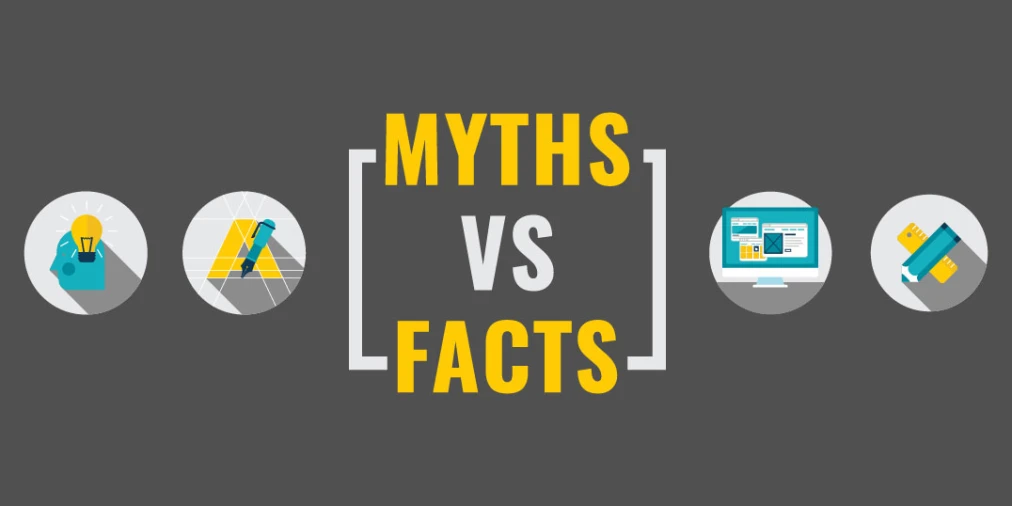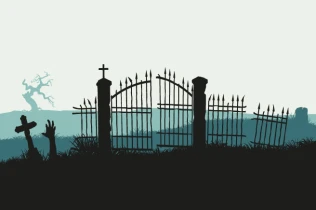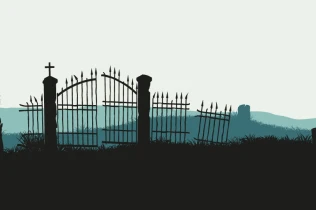A logo is a brand
A logo may be the first point of contact for an audience, but it certainly does not constitute a brand by itself. Of course, it is there to represent the values and message of your brand, but there’s no substitute for a full, consistent brand identity. Given time, when a strong brand identity is built, a logo may come to be recognised by audiences as a representation of your brand’s values.







